
The Final Sound: What the “Death Rattle” Really Means in the Last 24 Hours of Life
As a person approaches the final stage of life, the body undergoes many changes—some gradual, others occurring only in the final hours. One of the most recognizable and often unsettling signs heard by loved ones is known as the “death rattle.”
Although the name sounds alarming, understanding what it is—and what it isn’t—can bring comfort during an emotionally difficult time.
What Is the “Death Rattle”?
According to medical experts, the “death rattle” occurs when a dying person can no longer swallow or clear secretions from their throat. Saliva and fluids accumulate in the airway, causing a distinct sound as the person breathes.
Hospice nurse Julie, who specializes in end-of-life care, explains it simply:
“It’s just a small amount of saliva collecting at the back of the throat—it sounds worse than it actually is.”
She also notes that fever and temperature fluctuations are common as the body stops regulating heat:
“This is completely normal in natural end-of-life changes.”
What Does the “Death Rattle” Sound Like?
The sound varies from person to person but is often described as:
-
A wet, crackling noise
-
A gurgling sound during inhalation or exhalation
-
A deep, rattling snore-like sound
While it can be distressing for family members to hear, the person experiencing it is not in pain or discomfort. Research indicates that they are typically unaware of the sound.
Studies suggest that, after the death rattle begins, the average time until death is around 24–25 hours, though this can vary—hospice patients often experience a slower, gentler decline.
How to Reduce the Sound
Even though the death rattle is a natural part of the dying process, there are gentle steps caregivers can take to help lessen the noise:
✅ Turn the person onto their side to help secretions drain
✅ Elevate the head slightly to ease breathing
✅ Use moist swabs to keep the mouth hydrated
✅ Suction may be used if recommended by professionals
✅ Limit fluid intake if advised, since excess fluids increase secretions
✅ Medications may be prescribed to reduce saliva production
These measures help minimize noise but may not eliminate it entirely. Their purpose is not to “fix” the process—but to bring comfort to loved ones and maintain dignity for the patient.
A Normal, Natural Part of Dying
Though the death rattle can be emotionally challenging for families, it is a normal and expected part of the body’s final transition. The key reassurance is this:
⭐ **The person is not suffering.
⭐ They are not choking.
⭐ They are not aware of the sound.**
By understanding what the death rattle truly represents, families can be more emotionally prepared, finding comfort in the knowledge that their loved one is peaceful as the body gently shuts down.
During this time, presence, love, and reassurance mean far more than any medical intervention.
News in the same category


Netflix star issues message to MrBeast after claims YouTube star is opening his own bank

Remembering Lee Elder, A Trailblazer Who Broke Barriers In Golf

‘Towanda Was Right’: Tamar Braxton Lands In the Hot Seat After Cozy Onstage Moment with Toni Braxton’s Husband Birdman
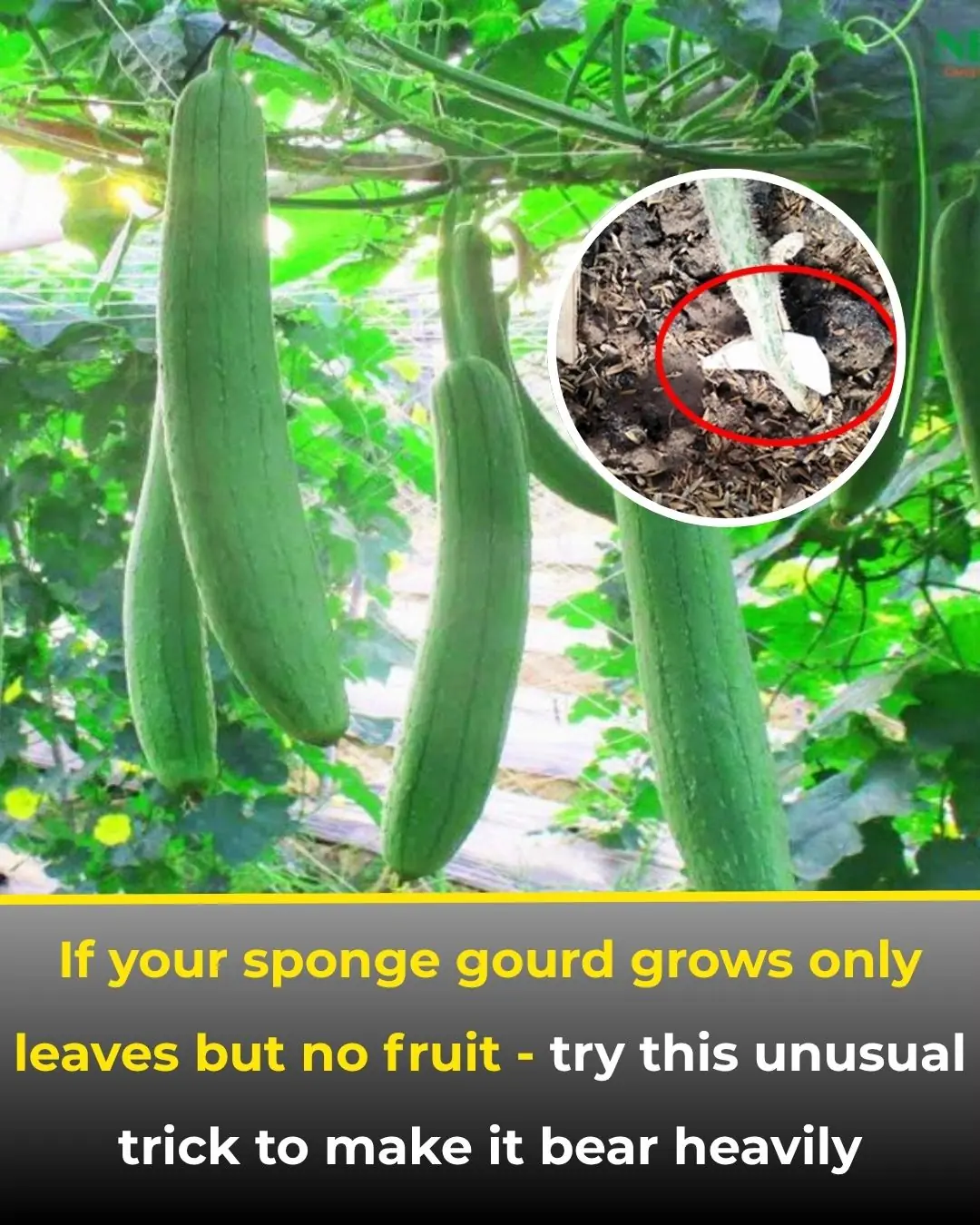
Grow Luffa Vines Full of Fruit Instead of Just Leaves — Use This Simple Trick!

Traditional Doctor Reveals: The Pig’s Tail — A Natural “Power Booster” for Men’s Vitality and Women’s Beauty
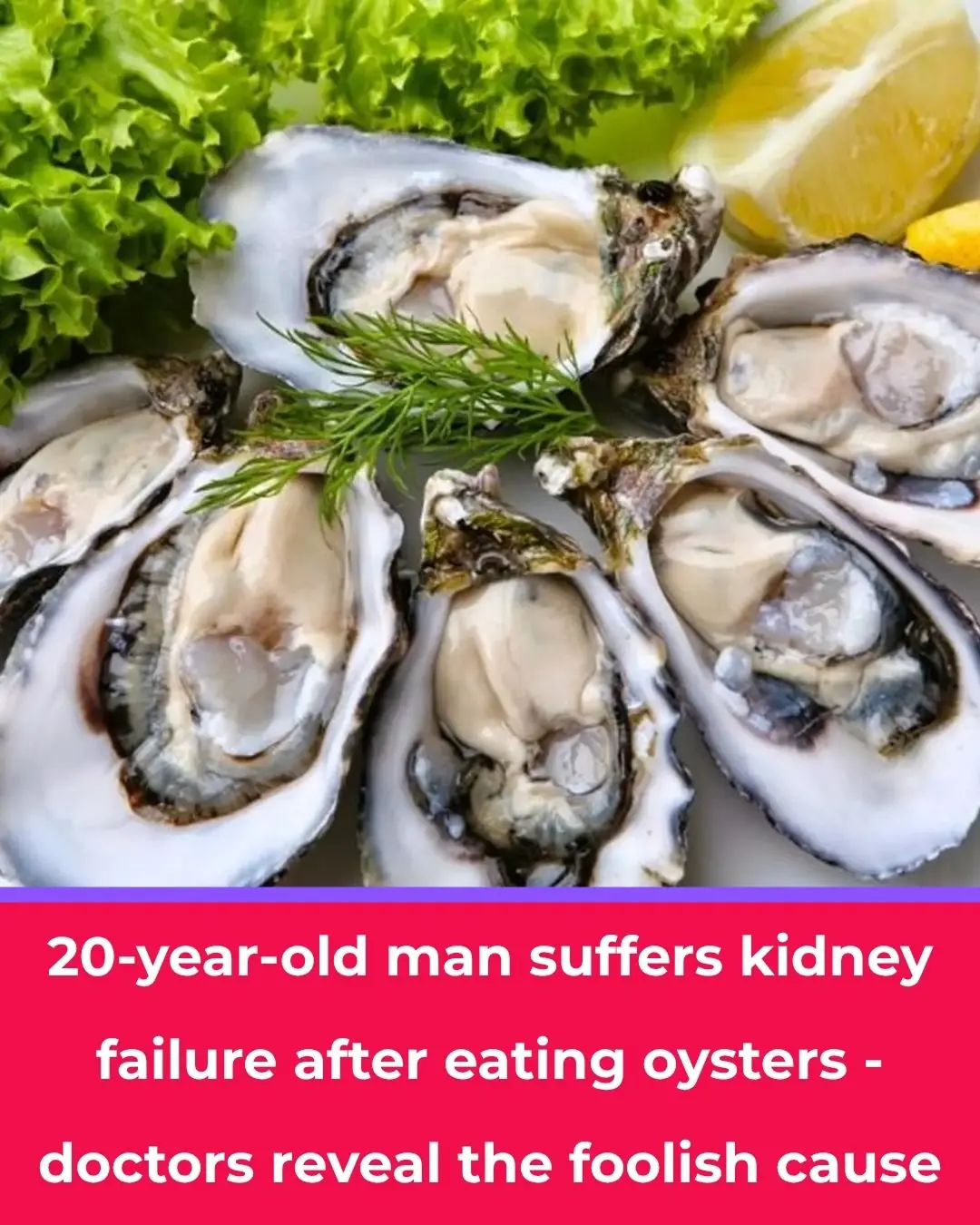
20-year-old Young Man Suddenly Suffers Acute Kidney Failure After Eating Oysters: Doctor Reveals the “Hidden” Cause

The Medicinal Benefits of Goosegrass (Eleusine indica) in Traditional and Modern Medicine

Chilling Reality: The Coffee-Drinking Habit That May Have You Ingesting 1,000+ Microplastic Particles Every Time

Natural Drinks That Cleanse and Support Kidney Health

4 Plants That Attract Snakes — Remove Them Immediately to Stay Safe

Don’t Be Superstitious—but Be Smart: 5 Things You Should Never Pick Up from the Street

Detroit Teen Suspended For Cutting Hair At School Receives Apprenticeship From City’s Top Barber

Paul Tazewell Makes History as First Black Man to Win Oscar for Best Costume Design
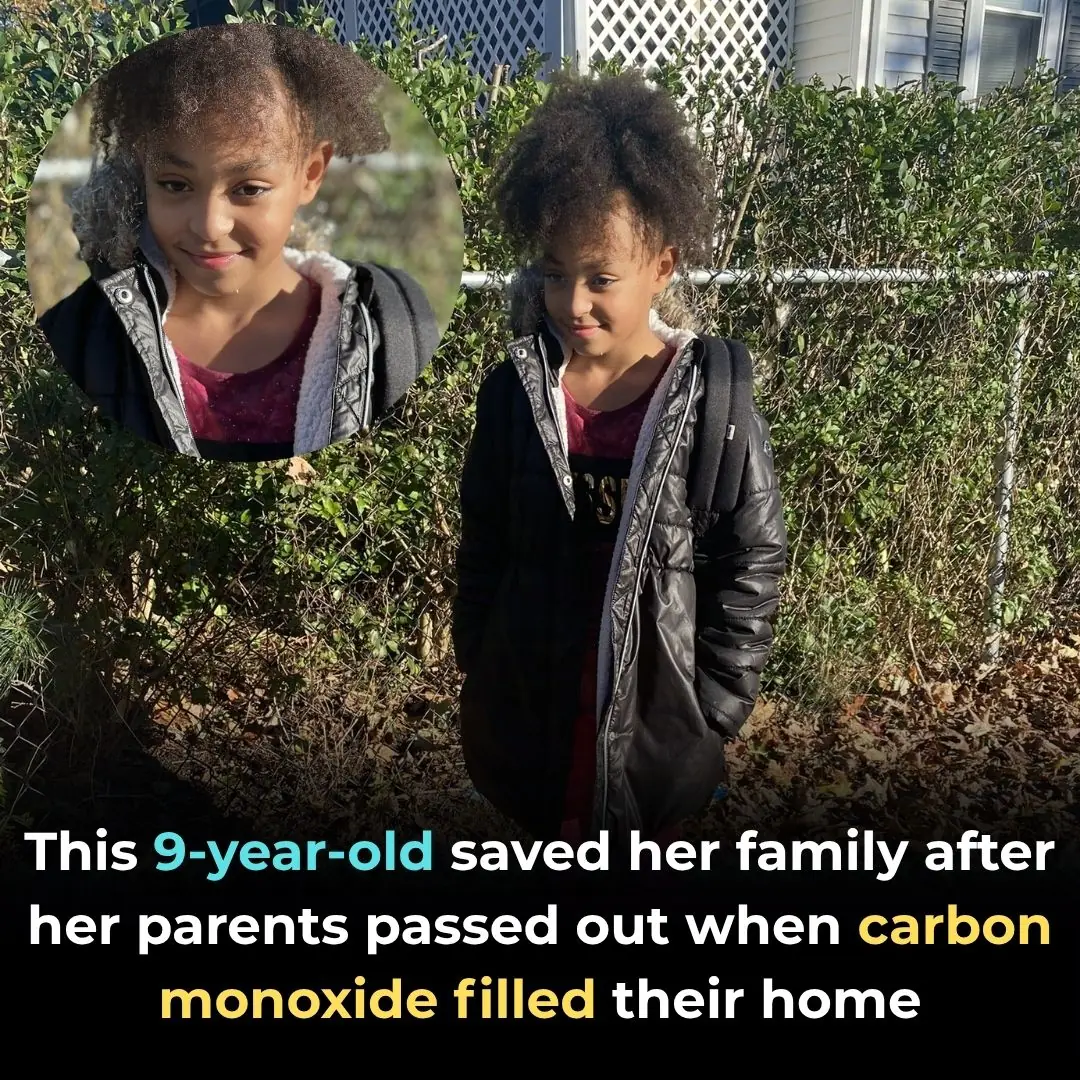
This 9-Year-Old Saved Her Family After Her Parents Passed Out When Carbon Monoxide Filled Their Home

Meet The Founder Of Black Girls Golf, An Organization Looking To Make The Game More Inclusive

11-Year-Old Starts Candle Business To Save Tuition For His Dream School – Howard University

People left 'speechless' after noticing new addition to the White House website
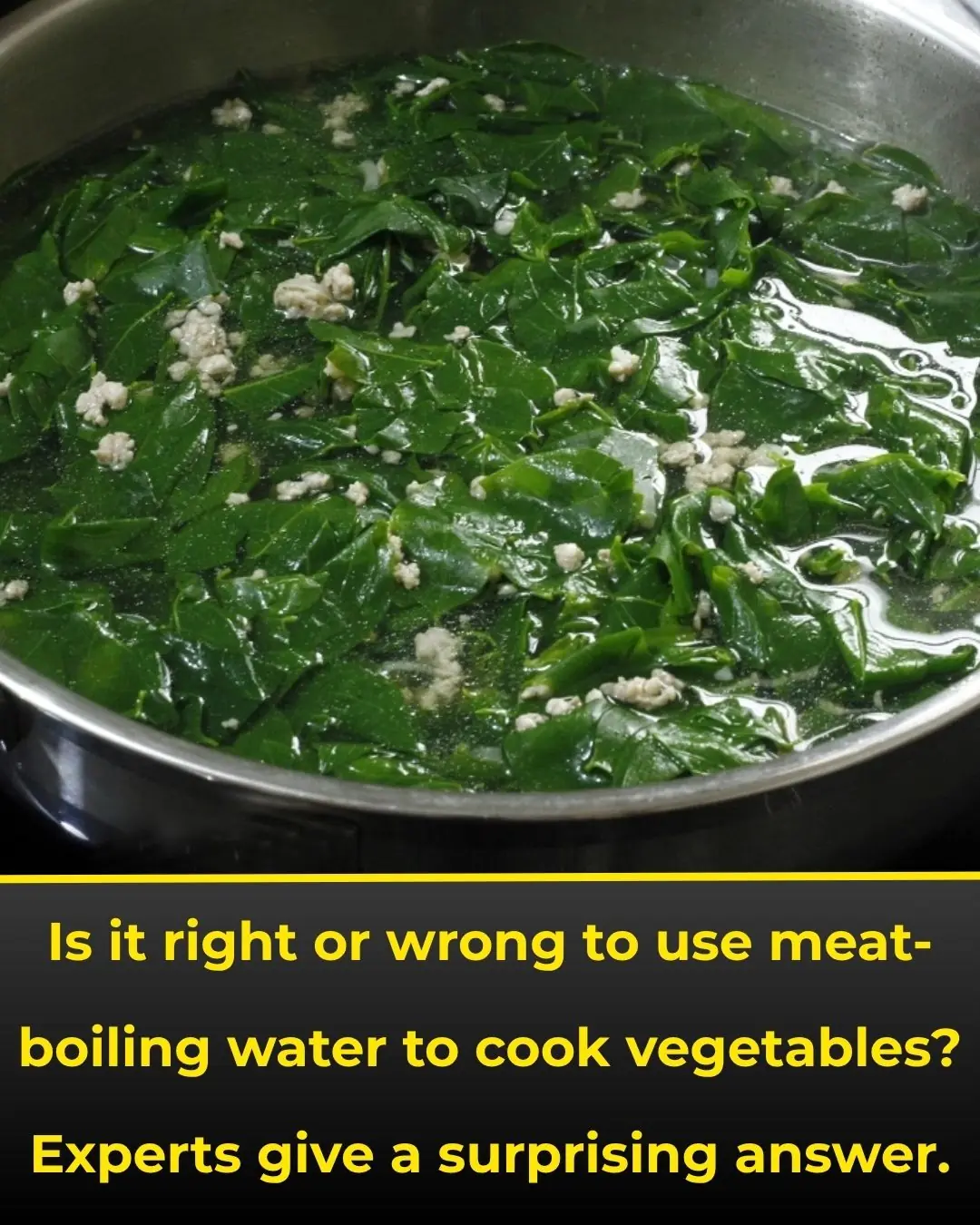
Is It Safe to Use Meat Broth for Cooking Vegetables? Nutrition Experts Give a Surprising Answer
News Post

Top 12 foods that clean your blood naturally

10 early warning signs your liver is in trouble (don’t ignore #4!)

Should you eat sprouted potatoes or not?

You are doing it all wrong. Here’s the right way to store batteries

Haven't heard that before
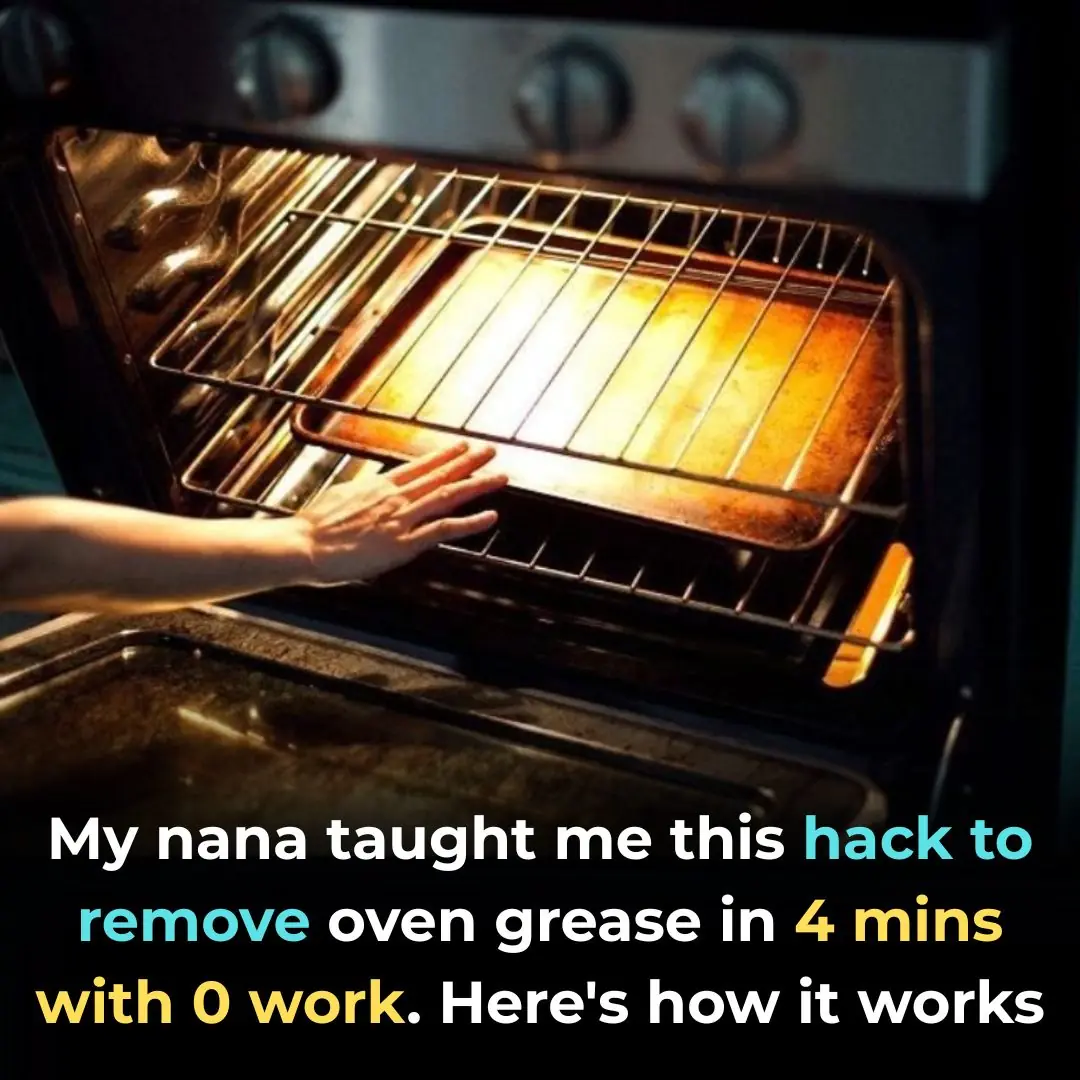
My nana taught me this hack to remove oven grease in 4 mins with 0 work. Here’s how it works

Coffee Gel For Eye Wrinkles

4 Effective Ways to Fade Dark Spots Using Potatoes

Add potato to coffee to get rid of wrinkles in just 1 week

The DIY anti-ageing cream that is very effective to get rid of wrinkles and fine lines on your face

Herbal Remedies for Strong, Lush Hair: Easy Recipe Everyone Can Make At Home

5 Homemade Turmeric Face Washes for All Skin Types

B3lly Button Oil Therapy: The Ultimate Guide to Glowing Skin, Hair Growth, and Hormonal Balance

Turmeric Eye Mask for Dark Circles, Wrinkles, and Puffy Eyes: DIY Natural Remedies for Radiant Eyes

Flaxseed Gel for Wrinkles: The Natural DIY Solution for Smoother, Youthful Skin

10 Tomato Slice Skincare Remedies for Wrinkles, Pores, and Glowing Skin: Natural DIY Treatments

Papaya Sap for Cracked Heels: A Simple Natural Remedy

Garlic for Ear Health: Natural Relief and Protection

